
Kawasaki To Launch 4 New Motorcycles in January, 2017
- Dec 6, 2016
- Views : 13389

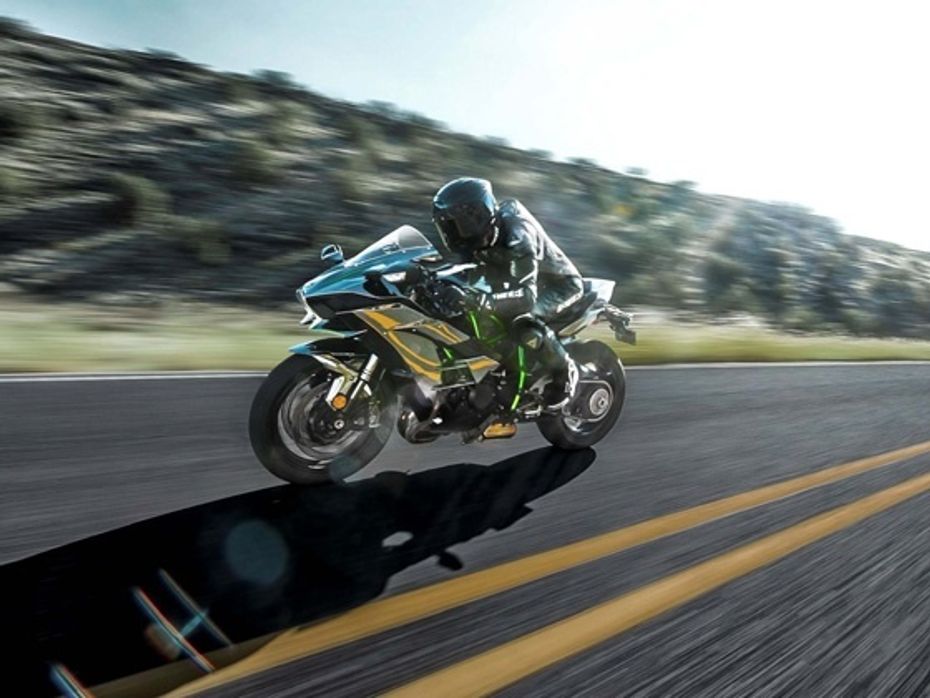
Supercharger:
The biggest talking point of the Kawasaki Ninja H2 is the addition of supercharger to boost the power output of the motor. The Kawasaki Ninja H2 is the only supercharged mass production motorcycle on sale globally. Kawasaki engineers used the centrifugal-type supercharger as it is incredibly efficient at compressing air (at up to 2.4x atmospheric pressure) while generating relatively less heat. Owing to this factor, no large, heavy intercooler was required to cool the compressed air which also meant no extra weight was added.
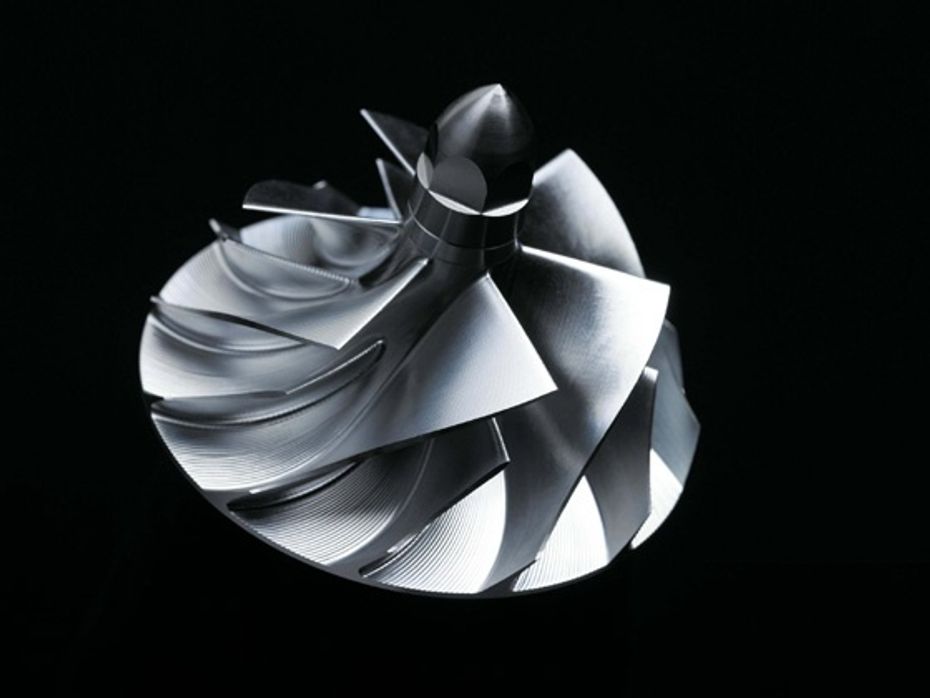
The complex shape of the impeller is 3D machined and crafted from forged aluminium for high precision and durability. The impeller spins at 9.2x speed of the crankshaft, reaching speeds of nearly 1,30,000 rpm, pumping a capacity of over 200 litres of air per second into the engine. With a diameter of 69 mm, it features 6 blades at the tip, expanding to 12 blades at the base. The impeller generates 20.5 psi of boost which is a significant number given the fact that it has no charge cooler. With emissions norms getting stringent by the year, it seems forced induction is the future for performance motorcycles and the Kawasaki Ninja H2 looks to be a step in the correct direction.

Engine and transmission:
Powering the Kawasaki Ninja H2 is a 998cc, liquid-cooled, supercharged inline-four motor churning out 200PS at 11,000rpm and peak torque of 113.5Nm at 10,500rpm. The Kawasaki Ninja H2 will be offered with an option of Ram Air that hikes the power output to 210PS. These numbers make it among the most powerful litre-class motorcycle on sale globally. Although the basic construction of the engine is similar to that of the Kawasaki Ninja ZX-10R there were modifications made to adapt to the supercharger.
The pistons on the Kawasaki Ninja H2 have been cast rather than forged to withstand extremely high temperatures. The compression ratio has been reduced to 8.5:1 from the standard ZX-10R’s 13:1 to compensate the increased combustion pressure due to the supercharger. The Kawasaki Ninja H2 also employs MotoGP style dog-ring transmission for effortless and quicker gear shifts short shifts. Rather than shifting gears into place, the gears in this configuration stay in place, with the lightweight dog rings moving to engage the gears.
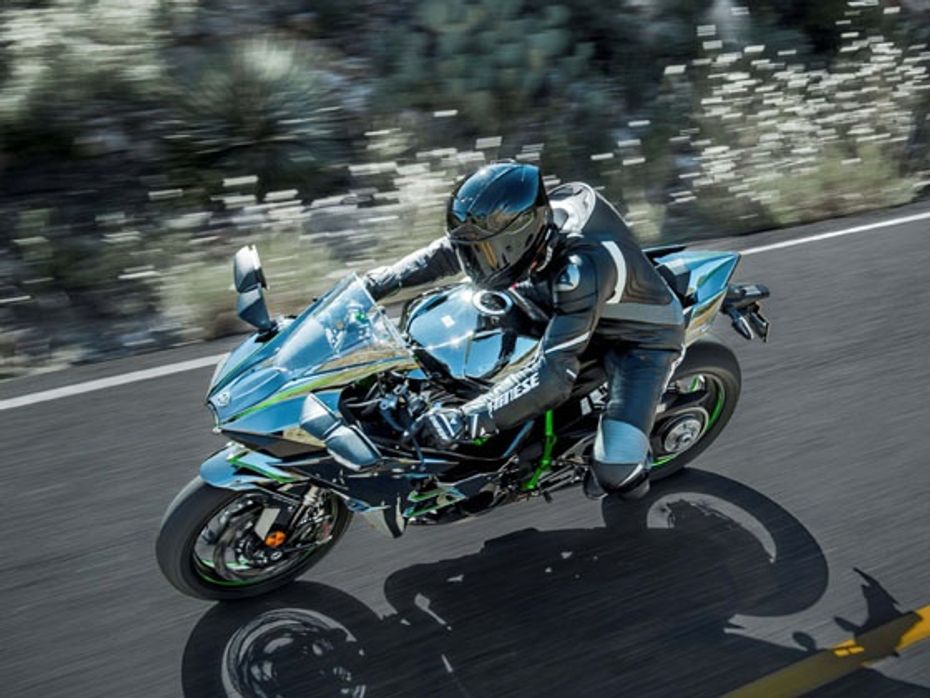
Mirror paint finish:
Green colour has been associated with Kawasaki Ninja offerings similar to red and Ferraris. The Kawasaki Ninja H2 though breaks this tradition and adopts mirror coated black paint finish which will be the only colour option for the superbike. The multi-layer composite paint includes a layer of pure silver formed by a chemical reaction, creating the mirrored effect. Each layer of this special paint is hand applied by highly-skilled Kawasaki craftsmen. In the shade, the dark base coat shows through the silver for a deep, 3D appearance. In the sun, the silver creates a brilliant metallic effect. The Kawasaki Ninja H2 is the first production motorcycle or automobile to offer the mirror coated black paint. The paint on the fuel tank is finished with a UV coat (the only layer where robot painters are used) to protect the tank’s finish.
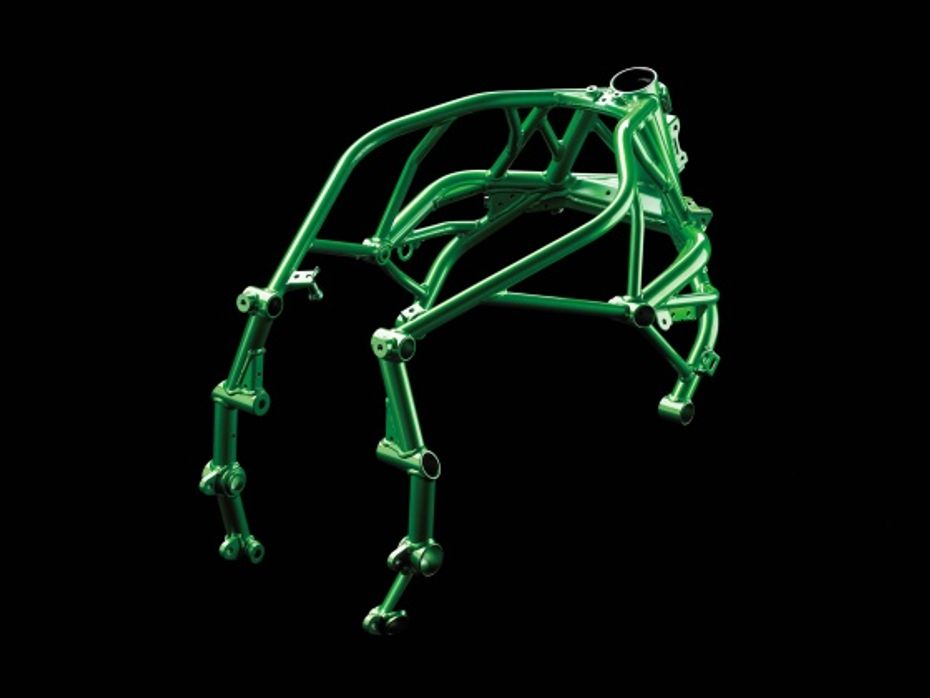
Trellis frame and single-sided swingarm:
All that incredible fire power is of no use if the motorcycle cannot go around a corner fast. For this purpose the Kawasaki engineers adopted a trellis frame instead of the twin spar aluminium one as found on the Ninja ZX-10R. The trellis frame has been crafted from high-tensile steel and the Ninja H2 is the first Kawasaki production motorcycle to adopt a trellis frame. According to Kawasaki engineers the trellis frame balances stiffness and flexibility at higher speeds while the open design allows for much better heat dissipation. The single-sided swingarm was used so as to allow the exhaust silencer to be mounted closer to the bike centreline, which endows the bike with a high bank angle for sporty cornering. The Kawasaki Ninja H2 is the first motorcycle from the Japanese two-wheeler giant to employ a single-sided swingarm.
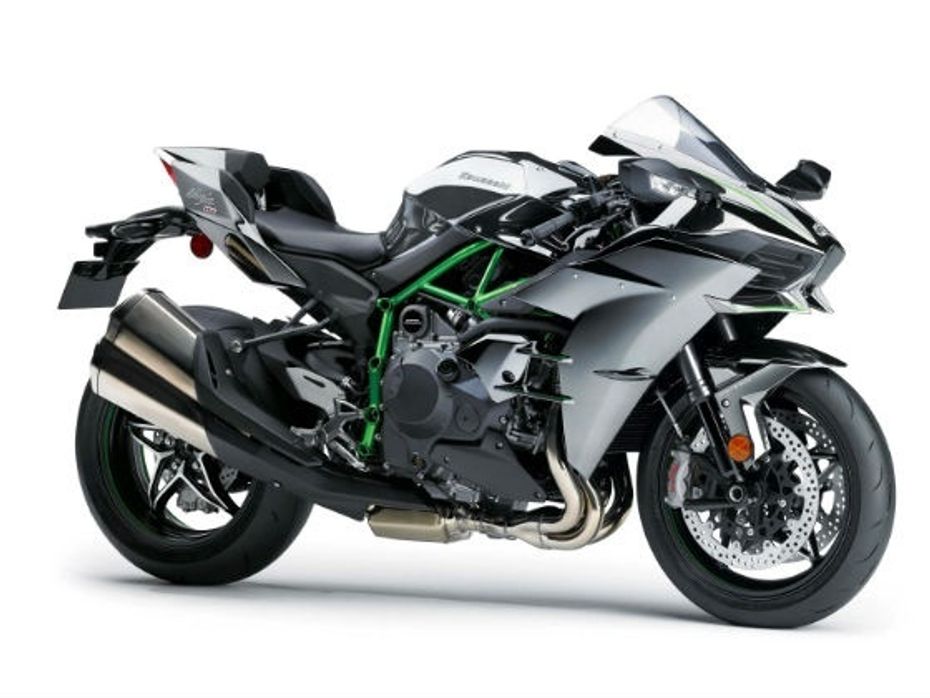
Electronic goodies:
With great power comes great responsibility and to handle the immense firepower generated by the supercharged powerplant, electronic aids is an absolute must on the Kawasaki Ninja H2. For this purpose, the Kawasaki Ninja H2 gets equipped with KTRC (Kawasaki Traction Control), KLCM (Kawasaki Launch Control Mode), KIBS (Kawasaki Intelligent Anti-Lock Brake System), engine brake control and Ohlins electronic steering damper that changes steering weight based on speed. The Kawasaki Ninja H2 is the first Kawasaki motorcycle to be fitted with a standard quick shifter.
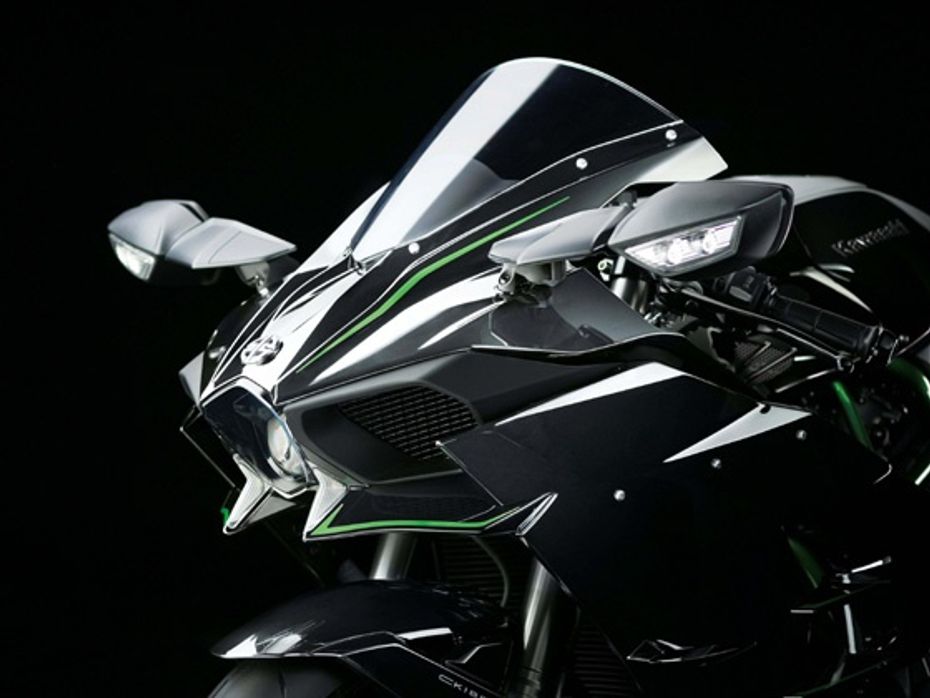
Aerodynamics:
To enable high-speed operation, a combination of high power and slippery aerodynamics was needed that provides both minimal drag and stability when riding at high speed. In profile, the Kawasaki Ninja H2 has an aggressive forward-canted stance. The aerodynamically shaped upper cowl uses lips and lines to direct airflow over the ram air intake in the most efficient position. Compact side cowls and under cowls were designed to assist heat dissipation. The rear cowl has an extremely compact three-piece design. The centre portion is taller, creating an aerodynamic form that helps smooth airflow as it passes the rider. Wind is also able to pass between the centre and side pieces, further reducing air resistance.
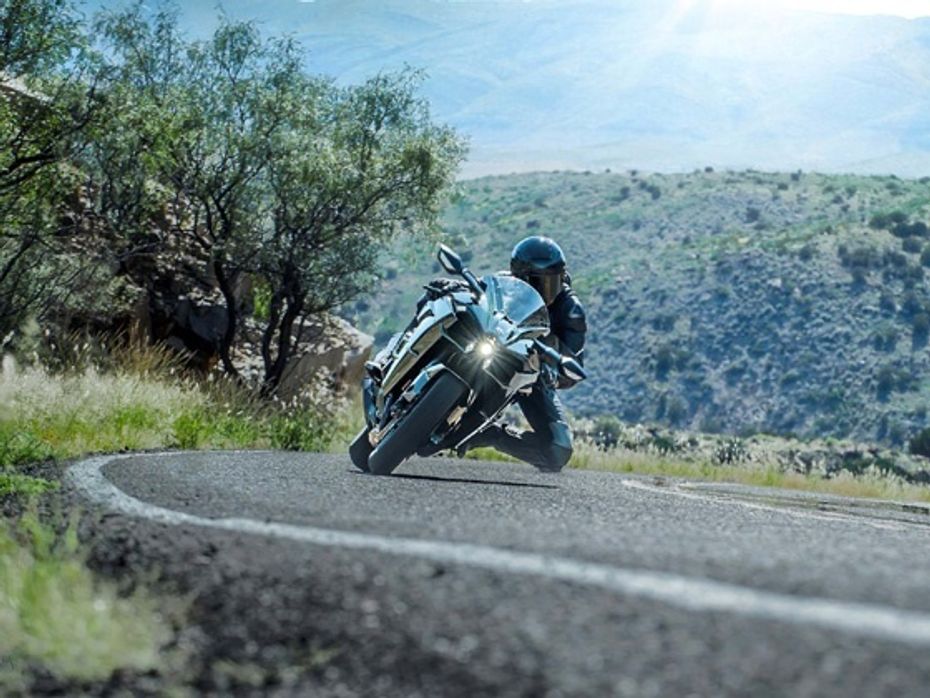
Pricing and Exclusivity:
The Kawasaki Ninja H2 has been priced at Rs 29 lakh (ex-showroom Delhi) making it the most expensive offering from India Kawasaki Motors in our two-wheeler market. It will compete against the BMW S1000RR and the Ducati 1299 Panigale in our market and is significantly cheaper than its European rivals. The Kawasaki Ninja H2 is a limited-release production motorcycle which means production of the motorcycle will be limited to maintain exclusivity. Only five units of the Kawasaki Ninja H2 have been allotted for the Indian market in the first batch making it among the most exclusive motorcycles to be sold in our country. There is a possibility that Kawasaki India might additional bookings for the Ninja H2 as part of the second batch soon though.

Kawasaki To Launch 4 New Motorcycles in January, 2017

Kawasaki Ninja H2, H2 Carbon And Ninja H2R Launched In India

2016 INTERMOT – 2017 Kawasaki Ninja H2 showcased

2016 INTERMOT - 2017 Kawasaki Ninja 650 Revealed

Kawasaki Slashes Price Of Ninja 650 By Rs 40,000

Kawasaki Ninja H2R top speed record planned

Kawasaki Ninja R2 under works

2015 Zigwheels awards: Kawasaki H2 wins the two-wheeler technology of...

Kawasaki Ninja 650 and ER6n get an update

Force Gurkha 5-door Interior Teased, Offers A Glimpse Of This Modern...
India's largest automotive community